This work attempts to capture the changes in a subject’s facial expression on hearing words associated with emotion. The words were drawn at random from a pack of 40 flashcards. The first image was a control ‘blank’ image, the remainder are displayed in the order in which they were taken.
Brief: In response to the work of the artists you’ve read about so far, try to create a photographic portraiture typology which attempts to bring together a collection of types. Think carefully about how you wish to classify these images; don’t make the series too literal and obvious.
Once complete, post these portraits on your blog or in your learning log, with a written statement contextualising the work
Great article: “Can the photographic typology be defined?” suggests defining typology by:
- Subject
- Environment
- Process
- Presentation
As I don’t have access to many people during Lockdown, I think I will have to consider a typology around a single subject.
Subject: Considering the work of Martin Schoeller , I like the idea of photographing the portraits in a consistent manner especially in close up. I could combine this with different facial expressions, much like Heubler‘s work. Therefore, my typology would be more about comparison / difference than similarity.
Environment: A neutral background, close up, shallow depth of field
Process: Schoeller’s idea of a consistency will be used to light the subject, who will be framed close-up in the frame, flat lighting to illuminate all parts of the face. This is in contrast to Yousef Karsh’s lighting which used light and shadow to create depth and mood. A word will be read to the subject and take one image, per word, asking the subject to react however they wish to the word. In his video about identical twins, Schoeller’s technical set up is shown, I will try and do something similar.
Presentation: the images will be presented as a gallery together so that the view can compare the different images together.
I started with a set of 40 flashcards which I found on the internet with the words: star struck, sleepy, surprised, suspicious, unhappy, woozy, worried, ok, grumpy, cold, sad, hungry, embarrased, puzzled, happy, content, scared, in love, excited, rich, hot, cool, shocked, in tears, exhausted, injured, feeling down, angelic, meh, fine, angry, nauseous, furious, annoyed and sick.
These are all emotions with stereotypical faces / reactions attached to them, it would be interesting to see if the subject pulls the faces similar to those drawn on the cards? I feel it would be good to ask a few of these, but also to add some more topical words that new to our vocabulary, such as ‘Brexit’, ‘black lives matter’ etc
Reflection:
I was mostly happy with the technical results of images. I attempted to recreate Schoeller’s framing and lighting, but found that although the camera was set up on a tripod, and wasn’t moved during the session, the orignal focus which was on the eyes, became out of focus as the subject moved in response to prompts. If I did this again, not only would I take less images, but I would attempt to reset the subject back to their blank expression prior to delivering the next prompt.
I would also use strobe lights on a trigger rather than the constant static lighting and this would increase the speed and reduce blurring around the eyes.
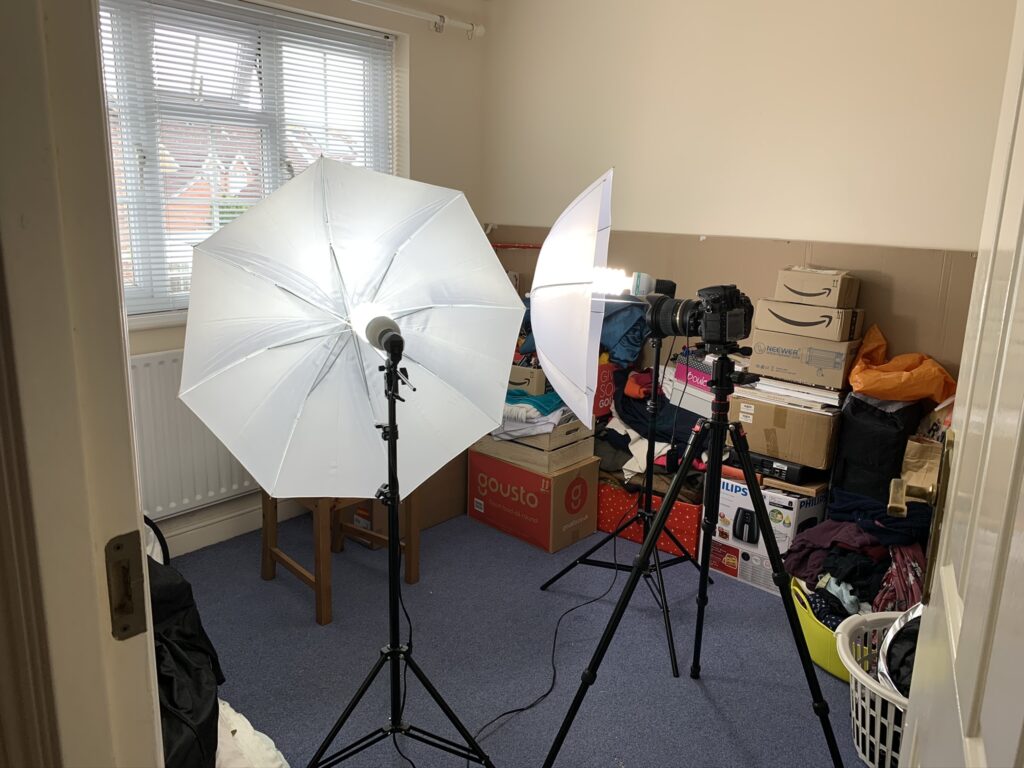
I’m not sure that this project really fulfils the brief, because of the use of only one subject. When I am able to access more sitters, it would be good to recreate with further subjects to see if their expressions are similar when prompted by the same words. Testing the theory that expressions are learned behaviour rather than natural reactions.

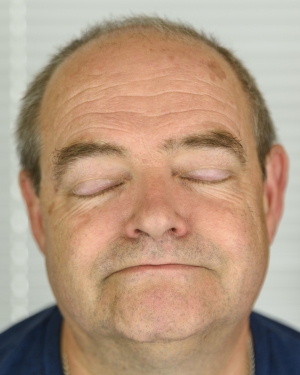
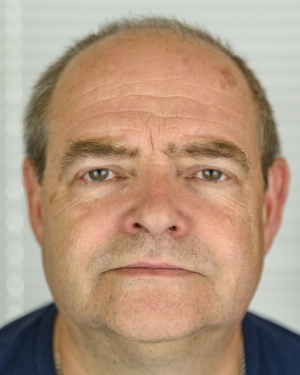
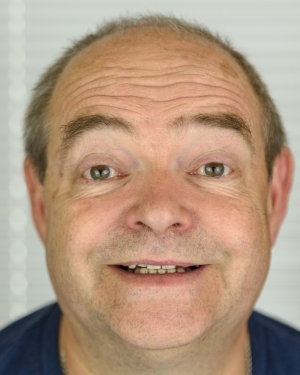
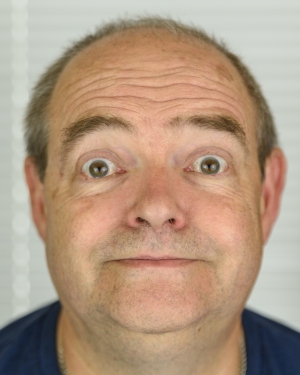
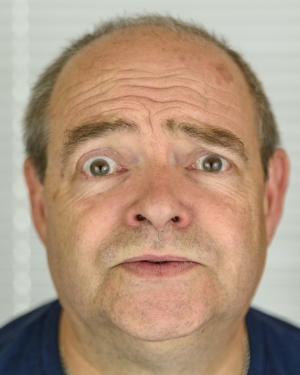
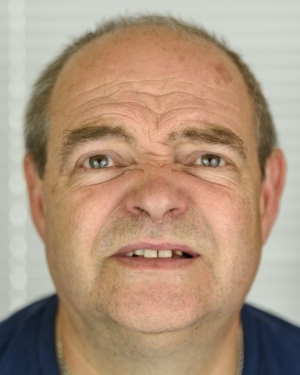

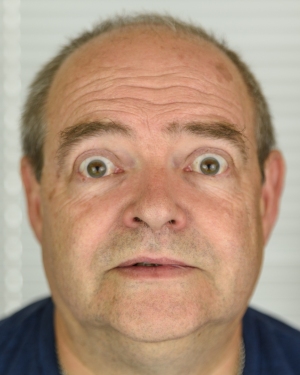
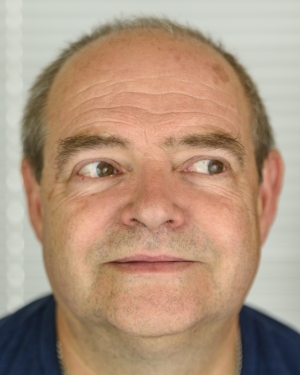

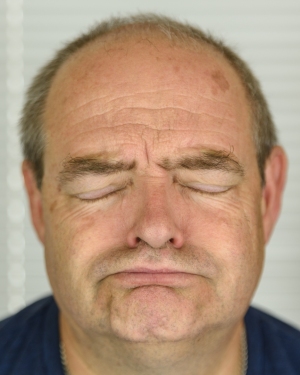

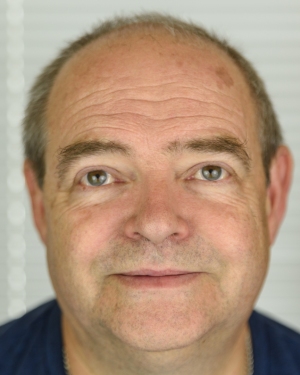
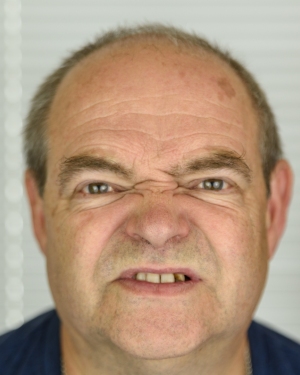
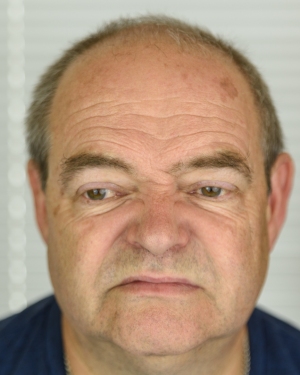
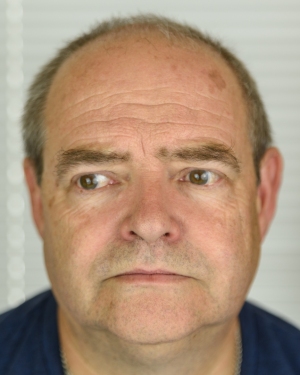
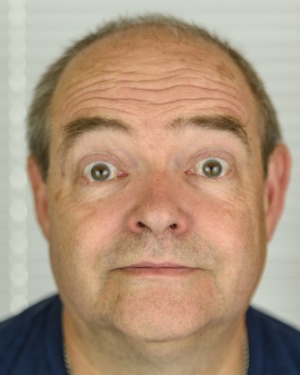
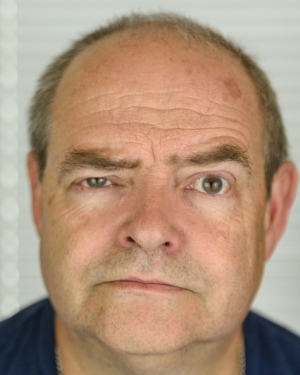
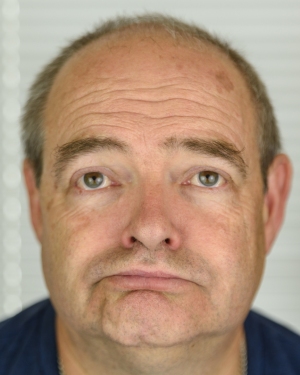
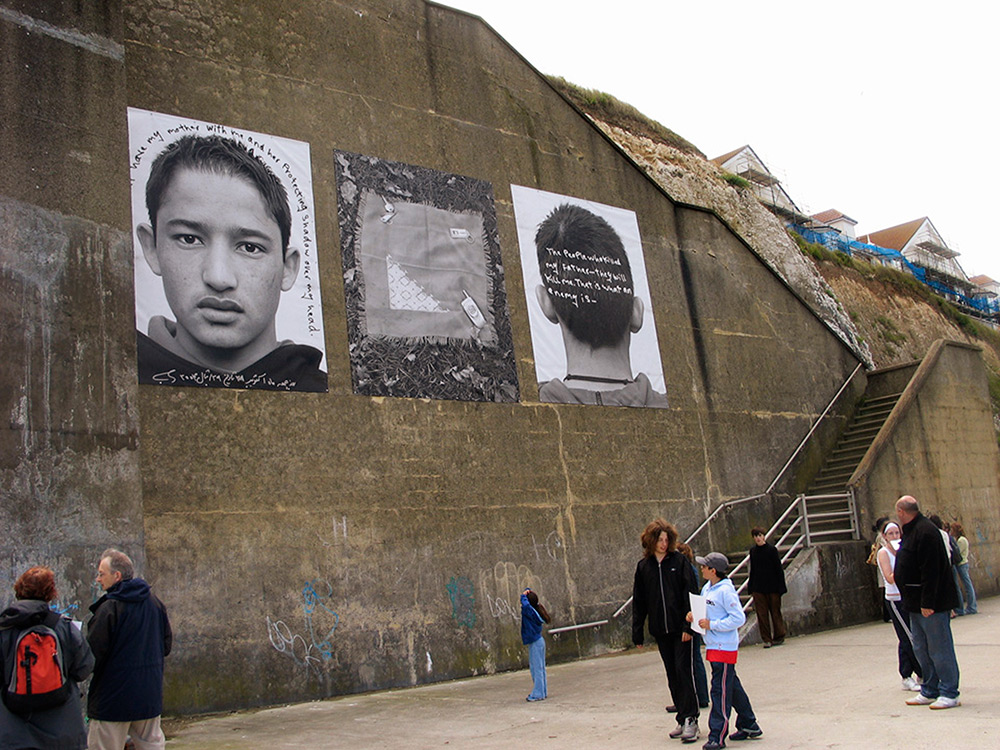
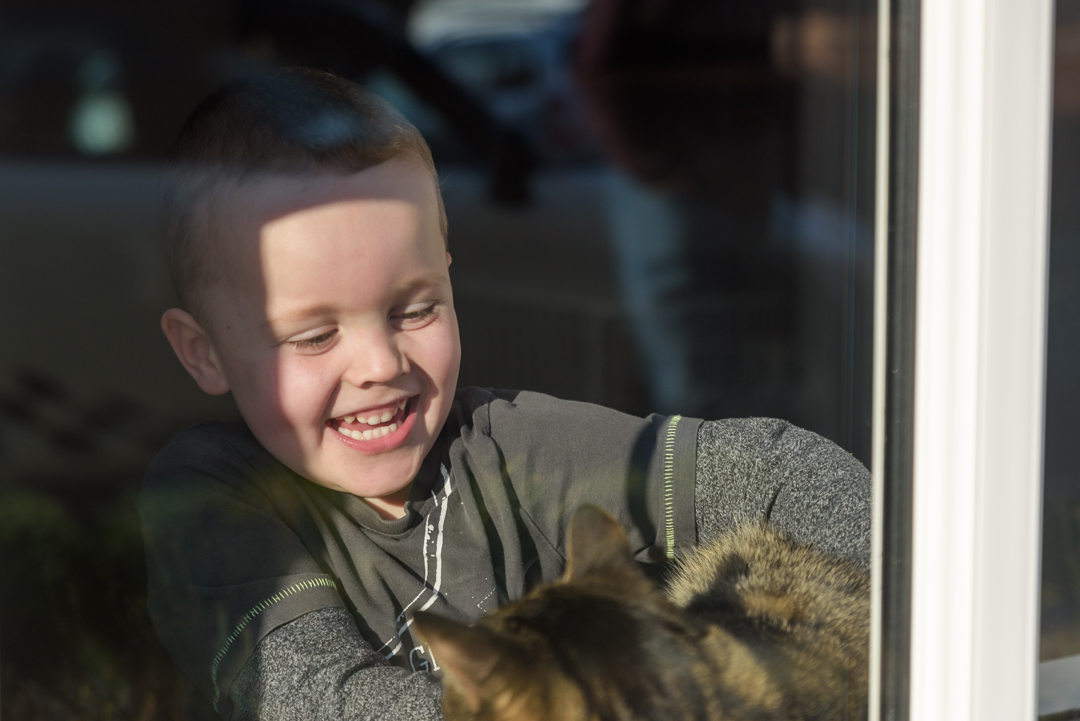
1 thought on “Exercise 3: Portraiture typology”
Comments are closed.